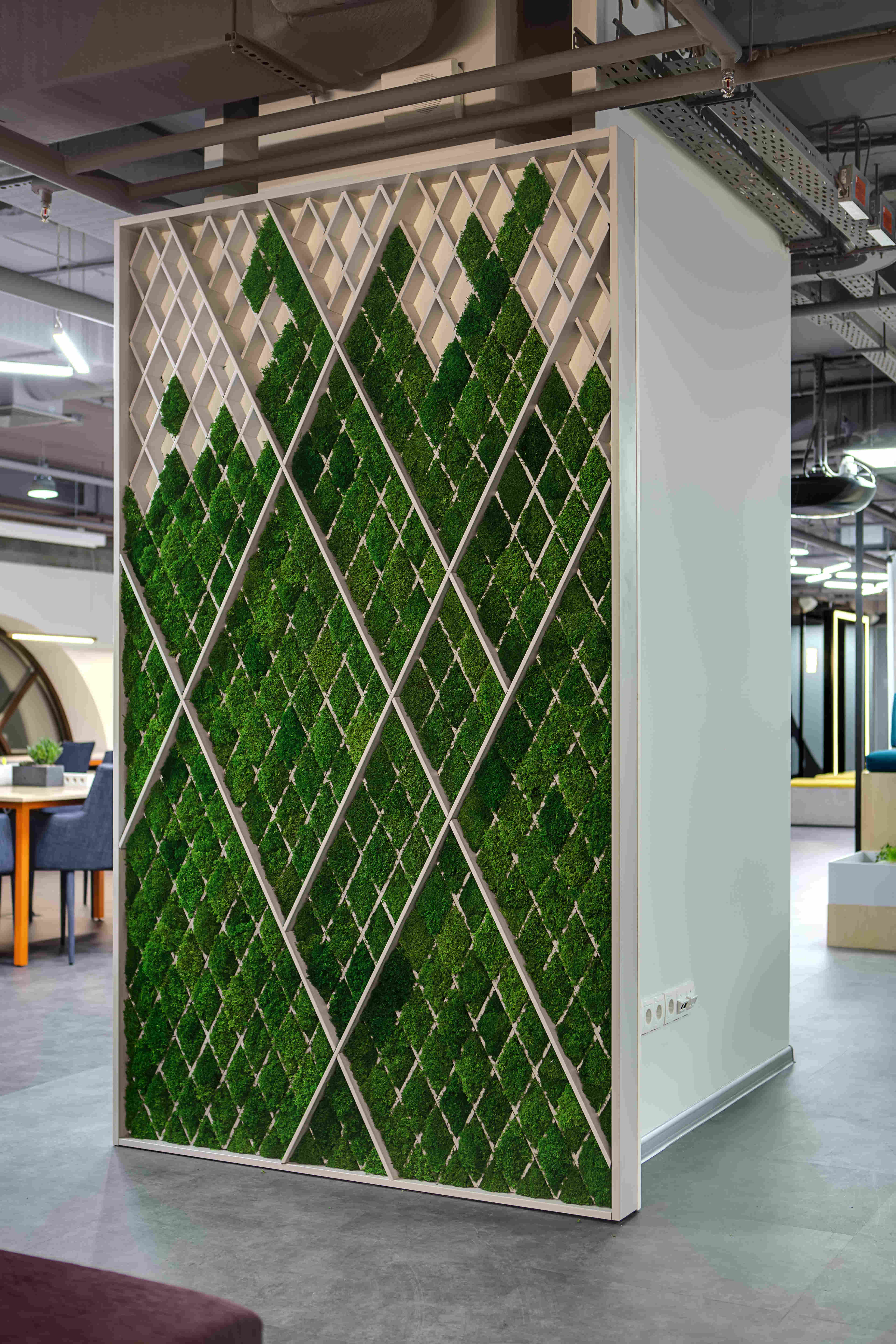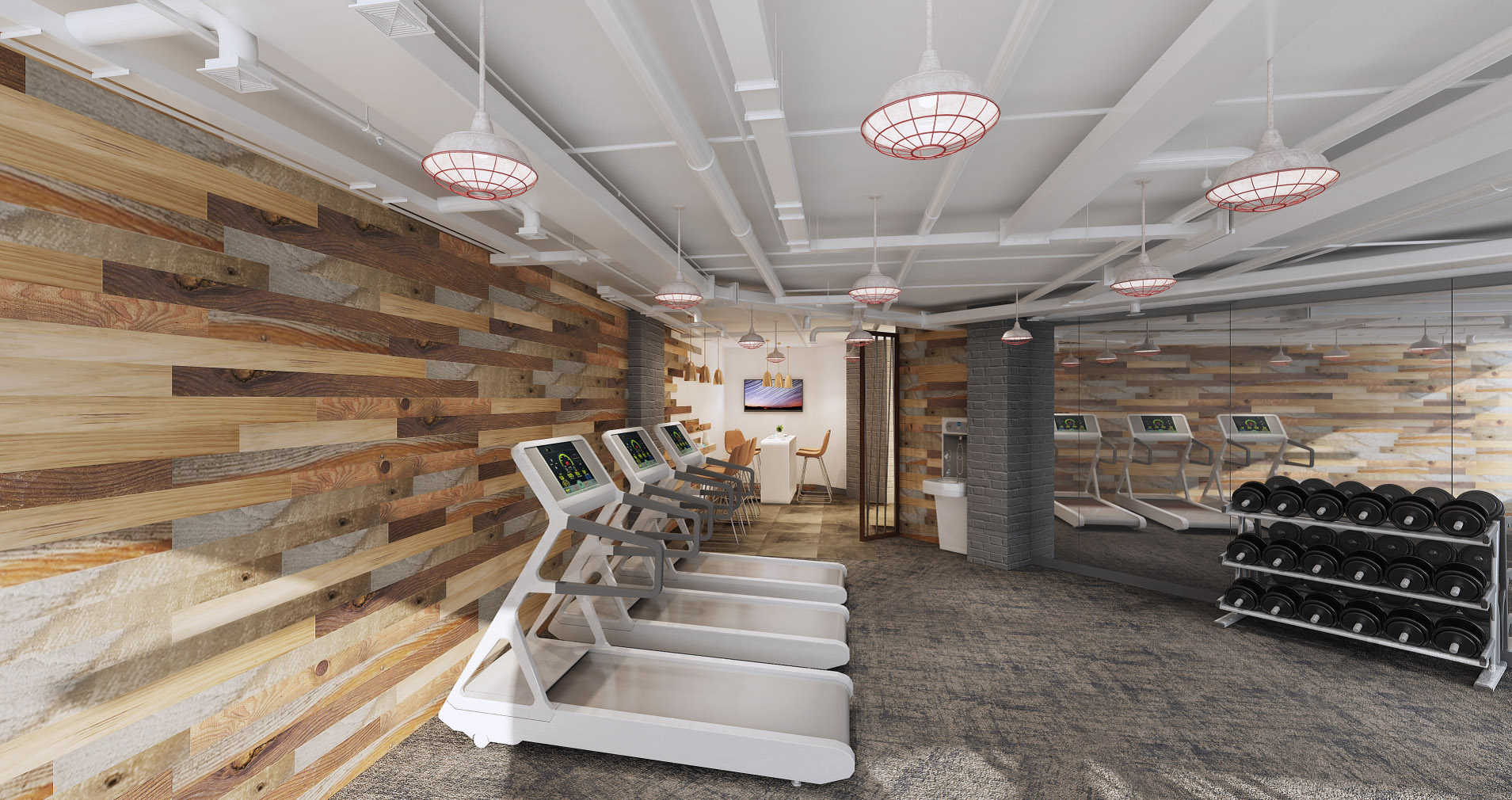Over the last 15 years, the trend toward reducing the environmental impact of buildings has given rise to countless certification programs throughout the country, such as LEED, which have helped set the standard for green building practices.
So perhaps it’s only natural that, today, the focus of the industry discussion is expanding to include the health and wellness — not just of the building – but also of the people inside it.
The WELL Building Standard® is now coming into the lexicon as a certification and rating system for buildings that adhere to certain standards (or “Preconditions”) and a whole host of optimization practices that enhance its seven core “concepts” – Air, Water, Nourishment, Light, Fitness, Comfort and Mind.

What’s exciting is that this standard is the first to canonize the interplay between humans, their environments and behavior that either enhances or detracts from wellbeing. And for the first time, the efforts and recommendations are not just focused on weight, but on a more holistic definition of wellness.
According to WELL, “The WELL Building Standard is founded on the understanding that facets of our environment interact with personal, genetic and behavioral factors to shape our overall health and well-being. WELL recognizes that many behaviors are subconsciously dictated by external cues, and thus it carefully considers interactions between humans and the built environment that shape not only our physical health but also our behavior. Comprehensive and interdisciplinary approaches are necessary to meaningfully address the complex issues of human health and well-being. A narrow focus on select aspects of health is inadequate to the task.”
Incorporating wellness principles in the design of buildings and spaces can increase the ability to focus, decrease absences due to illness, and lead to better job – and life – satisfaction.
“Many factors of the physical environment have a significant impact on day-to-day health and productivity, but it is often the interactions between multiple environmental factors that matter most. A growing body of research supports these claims but little has been done to translate research into practice. The WELL Building Standard® therefore draws from multiple disciplines of scientific study, and presents an integrated approach that reinvents the built environment around its occupants, transforming the places we live, work and learn into systems intended to promote and improve human health and well-being.”

The standard includes things you’d expect to find, such as smoking bans and ADA accessible design standards. These are Preconditions. But the rating is increased for Optimizations, such as antimicrobial surfaces, water quality testing, promotion of mindful eating, solar glare control, active furnishings, sound-reducing furnishings and altruism – just to name one in each Concept.
This is a dynamic rating system, which means it will be updated as new science reveals more about how our environments shape our health and wellbeing, but it can be a valuable resource when considering different design approaches to new buildings and retrofits.
For more information, visit www.wellcertified.com
